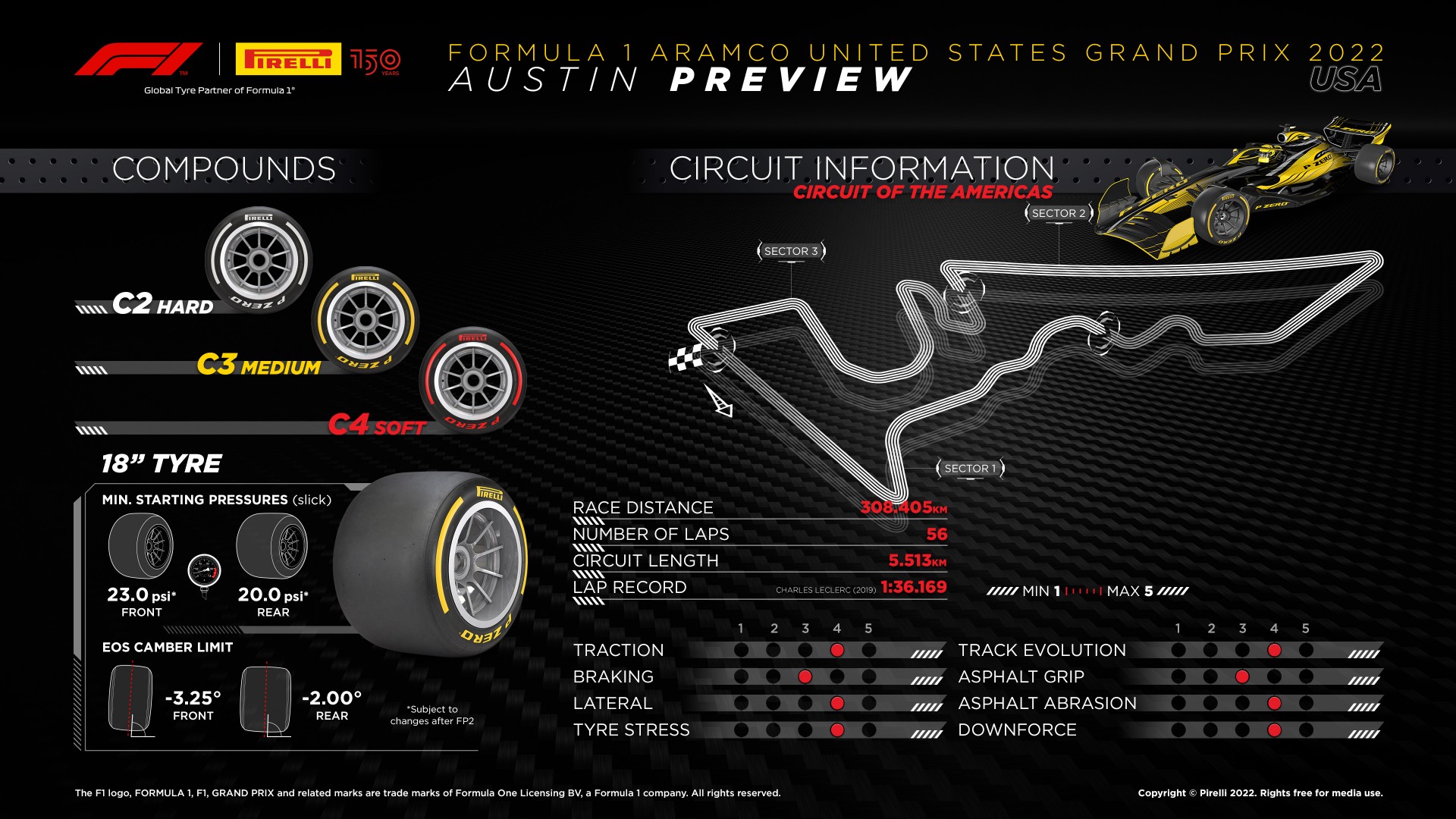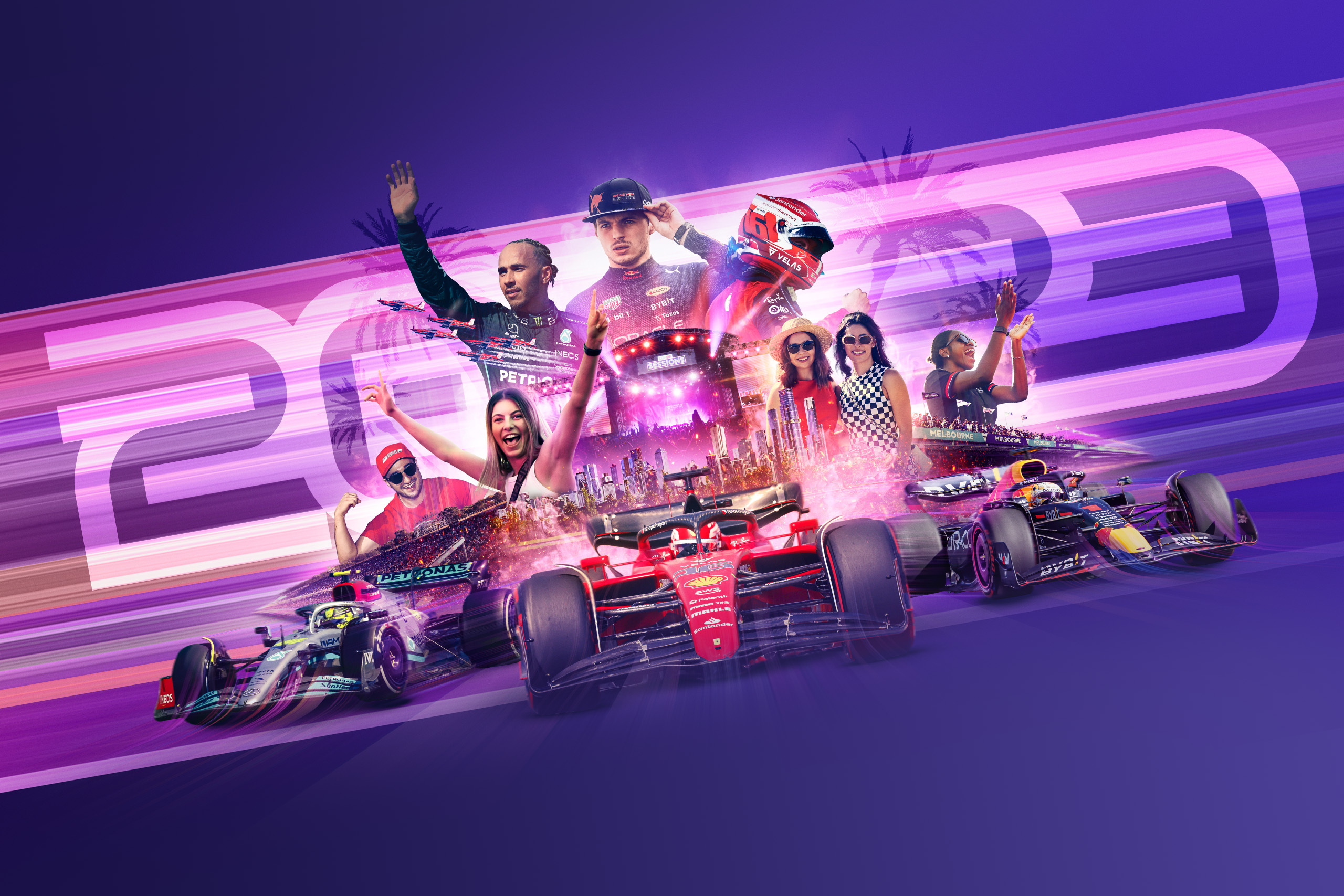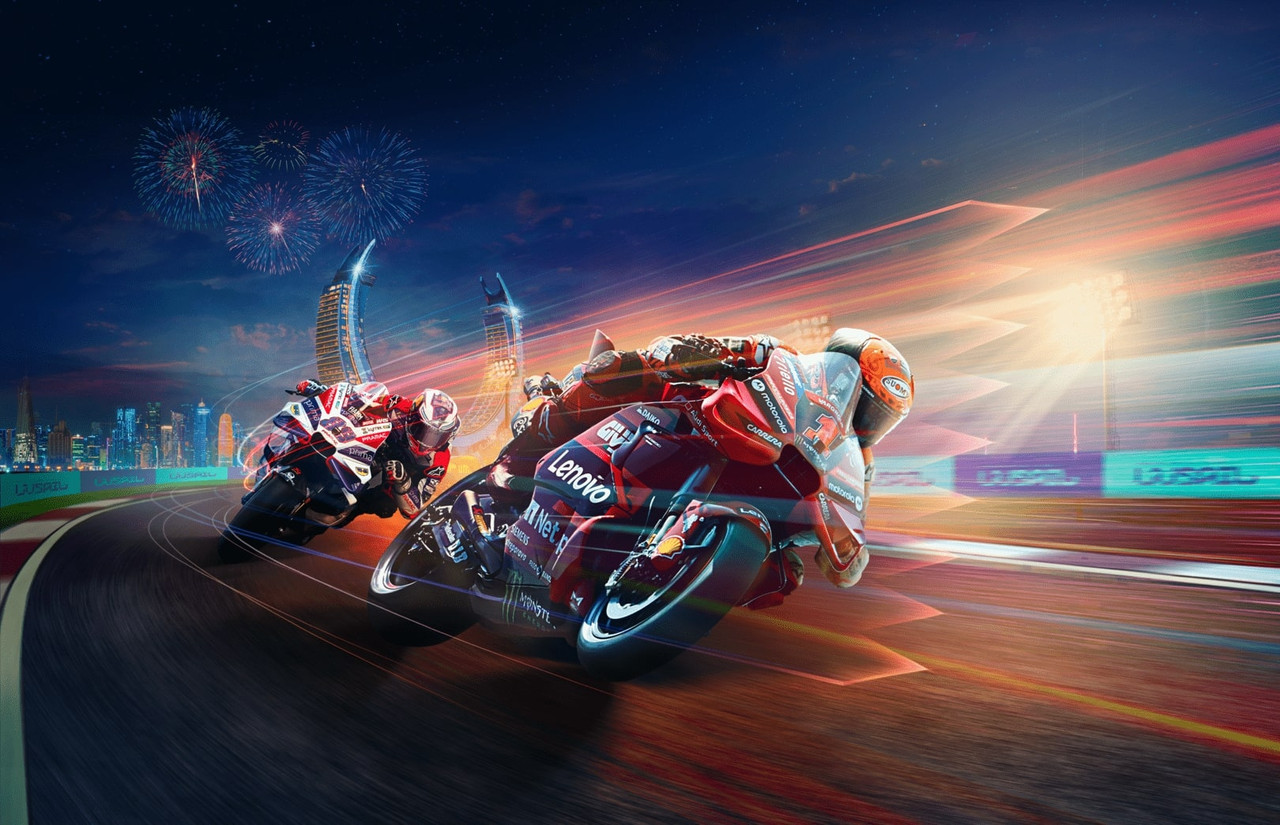Unveiling The Visual Grand Prix: Where Art Meets Apex Performance
In a world increasingly dominated by screens and digital interfaces, the power of visual communication has never been more profound. From the intricate details of a meticulously crafted painting to the immersive landscapes of a cutting-edge video game, our senses are constantly bombarded by a symphony of sights. It is within this vibrant tapestry of imagery that the concept of the Visual Grand Prix emerges – not merely as a competition, but as a definitive celebration of human creative skill and imagination, pushing the boundaries of what it means to truly see and experience.
This grand spectacle is more than just an exhibition; it's a crucible where the finest minds in visual arts, design, and technology converge. It's about recognizing the mastery involved in producing works to be appreciated, whether they exploit graphical similarities in ambiguous images or captivate through sheer aesthetic brilliance. The Visual Grand Prix champions those who transform abstract ideas into tangible, breathtaking visual forms, inviting us all to witness the pinnacle of artistic and technical achievement.
Table of Contents
- Defining the Visual Grand Prix: More Than Just Seeing
- The Historical Canvas: Tracing Visual Excellence
- Categories of Competition: A Kaleidoscope of Creativity
- The Judging Process: A Symphony of Perception
- Impact and Influence: Shaping Tomorrow's Visual Landscape
- Beyond the Spectacle: Community and Collaboration
- The Future of the Visual Grand Prix: Evolving with Technology
- Participating in the Visual Grand Prix: Your Path to Visual Mastery
Defining the Visual Grand Prix: More Than Just Seeing
At its core, the Visual Grand Prix is an international competition dedicated to showcasing and honoring excellence across the entire spectrum of visual arts and design. It’s an event where the very definition of "visual" is explored in its deepest sense – relating directly to the sense of sight/seeing. But it goes beyond mere perception; it delves into the intricate processes of how images are conceived, created, and ultimately interpreted by the human eye and mind.
Consider the nuances between "graphic" and "graphical." While often used interchangeably as adjectives, "graphic" also functions as a noun, referring to a visual graphic itself, whereas "graphical" remains strictly an adjective. This subtle distinction highlights the precision and depth required in the visual field, a precision that the Visual Grand Prix seeks to identify and celebrate. It encompasses everything from the fine or applied visual arts and associated techniques, like painting and sculpture, to cutting-edge digital creations. The competition isn't just about what looks good; it's about what communicates effectively, innovates boldly, and resonates deeply, truly pushing the boundaries of human creative skill and imagination.
The Historical Canvas: Tracing Visual Excellence
While the term "Visual Grand Prix" might be contemporary, the spirit it embodies is as old as humanity itself. For millennia, civilizations have celebrated visual excellence, from the cave paintings of Lascaux to the Renaissance masterpieces of Florence. Ancient Greeks held competitions for sculptors and playwrights, recognizing the profound impact of visual and performing arts on society. The salons of 19th-century Paris served as a de facto "Grand Prix" for painters, determining reputations and setting trends.
In the modern era, the evolution of technology has dramatically expanded the canvas for visual artists. The advent of photography, cinema, and later, digital art and animation, introduced new dimensions to visual expression. Each era has brought its own set of challenges and opportunities, fostering new forms of art and new criteria for judging their merit. The Visual Grand Prix, in its modern iteration, stands on the shoulders of these historical precedents, adapting the timeless pursuit of visual perfection to the dynamic landscape of the 21st century. It acknowledges that whether a work is a traditional painting or a complex digital rendering, the underlying principles of composition, color, narrative, and emotional impact remain paramount. It's about how human creative skill and imagination are applied, regardless of the medium.
Categories of Competition: A Kaleidoscope of Creativity
The Visual Grand Prix is structured to encompass the vast and diverse world of visual creation, ensuring that every facet of human creative skill and imagination has its moment in the spotlight. Its categories are meticulously designed to reflect both established art forms and emerging digital frontiers, offering a comprehensive overview of contemporary visual excellence. Each category demands a unique blend of technical prowess, innovative thinking, and profound artistic vision, making the competition a true test of versatility and specialized mastery.
Digital Arts and Animation: The New Frontier
This category is a vibrant testament to the power of pixels and algorithms. It includes everything from 3D modeling and rendering to character animation, motion graphics, and visual effects for film and gaming. Submissions here often push the boundaries of realism, creating worlds that are indistinguishable from reality, or conversely, crafting fantastical realms that defy conventional physics. The emphasis is on innovation in digital tools, storytelling through motion, and the ability to evoke strong emotional responses through purely digital means. It's where the concept of "relates to light or the recording thereof" takes on new meaning, as artists manipulate virtual light sources to create stunning visual depth.
Traditional Mediums Reimagined: Bridging Eras
Far from being overshadowed by digital advancements, traditional art forms find a powerful resurgence in this category. Painting, sculpture, printmaking, and drawing are judged not just on technical skill but on how they offer fresh perspectives or innovative interpretations of classic themes. Artists might experiment with new materials, blend traditional techniques with contemporary concepts, or use their chosen medium to comment on modern society. This section celebrates the enduring power of human touch and the timeless appeal of tangible art, proving that the expression or application of human creative skill and imagination remains potent in its most classic forms.
Interactive Visual Experiences: Engaging the Senses
In an increasingly participatory world, this category highlights visual art that invites interaction. This can include virtual reality (VR) and augmented reality (AR) experiences, interactive installations, and even experimental video games where the visual design is paramount. Here, the visual experience is not static; it responds to the viewer, creating a dynamic relationship. While primarily visual, these experiences often integrate auditory elements ("relating to sound or the..."), demonstrating how a holistic sensory design can amplify the visual impact. The challenge is to create immersive environments where the visual narrative unfolds through user engagement, making the viewer an active participant in the art itself.
Architectural Visualization: Crafting Future Realities
This specialized category focuses on the art of bringing unbuilt structures and spaces to life through compelling visuals. From photorealistic renderings of future skyscrapers to atmospheric visualizations of urban planning projects, architectural visualization plays a critical role in how we perceive and approve our built environment. It demands not only artistic flair but also a deep understanding of architectural principles, lighting, and material science. The entries here are judged on their accuracy, their ability to convey mood and scale, and their capacity to tell the story of a space before it even exists. It’s a powerful demonstration of how human creative skill and imagination can shape our physical world through visual foresight.
The Judging Process: A Symphony of Perception
The integrity and prestige of the Visual Grand Prix rest heavily on its rigorous and transparent judging process. A panel of esteemed experts, comprising leading artists, designers, critics, and technologists, meticulously evaluates each submission. This panel is carefully curated to ensure a diverse range of perspectives and deep expertise across all visual disciplines, from traditional fine arts to cutting-edge digital media. Their collective experience ensures that every entry is assessed fairly and comprehensively.
The criteria for evaluation are multifaceted, often including:
- Originality and Innovation: Does the work present a fresh perspective or utilize techniques in a novel way? Does it challenge conventional visual system interpretation?
- Technical Proficiency: Is the execution flawless? Does the artist demonstrate mastery of their chosen tools and mediums?
- Aesthetic Impact: How compelling is the visual appeal? Does it evoke emotion or provoke thought? This is where the sheer power of a visual graphic comes into play.
- Conceptual Depth: Is there a strong underlying message or narrative? Does the work effectively communicate its intended meaning?
- Relevance: How does the work engage with contemporary issues or contribute to the broader discourse in visual arts?
Impact and Influence: Shaping Tomorrow's Visual Landscape
The Visual Grand Prix is far more than just an annual competition; it is a powerful catalyst for innovation and a significant barometer for the direction of visual arts globally. Its influence ripples through various sectors, from education and industry to public perception and artistic trends. Winning or even being nominated for a Visual Grand Prix award can be a career-defining moment for artists and designers, catapulting them into the international spotlight and opening doors to new opportunities.
The event serves as a crucial platform for identifying emerging talent and showcasing groundbreaking techniques. Data compiled from industry reports often indicates a direct correlation between Visual Grand Prix recognition and increased demand for an artist's work, as well as higher investment in the showcased visual technologies. Furthermore, the Grand Prix fosters a culture of excellence, encouraging artists to push their boundaries and experiment with new forms of expression. The works presented often become benchmarks for quality and innovation, inspiring a new generation of creators. It’s where the fine or applied visual arts and associated techniques are not just celebrated, but actively advanced, shaping the visual language of tomorrow.
Beyond the Spectacle: Community and Collaboration
While the competitive aspect of the Visual Grand Prix garners significant attention, its true strength lies in its ability to foster a vibrant, interconnected community. The event brings together artists, designers, educators, technologists, and enthusiasts from all corners of the globe. This convergence creates a unique environment for knowledge sharing, collaboration, and mutual inspiration. Just as the Stack Exchange network consists of 183 Q&A communities, including Stack Overflow, the largest, most trusted online community for developers to learn, share their knowledge, and build their careers, the Visual Grand Prix cultivates a similar ecosystem for visual creatives.
Workshops, seminars, and networking events are integral components of the Grand Prix, offering invaluable opportunities for participants to learn from masters, exchange ideas, and forge new partnerships. Discussions often delve into the nuances of visual system interpretation, the ethical implications of certain visual forms, or the future of artistic expression. This collaborative spirit ensures that the insights gained and the techniques showcased during the Grand Prix extend far beyond the immediate event, enriching the entire visual arts ecosystem. It’s a testament to the fact that even in a competitive setting, the collective pursuit of excellence and the sharing of human creative skill and imagination can lead to profound advancements.
The Future of the Visual Grand Prix: Evolving with Technology
The landscape of visual arts is in a constant state of flux, driven by rapid advancements in technology. The Visual Grand Prix is keenly aware of this dynamic environment and is committed to evolving alongside it. As new tools and platforms emerge, the Grand Prix will continue to adapt its categories and criteria to ensure it remains at the forefront of visual innovation. For instance, the rise of generative AI in art presents fascinating new challenges and opportunities, prompting discussions on authorship, creativity, and the very definition of "human creative skill and imagination."
Looking ahead, we can anticipate the Visual Grand Prix embracing even more immersive and interactive forms of visual expression. The integration of haptic feedback, advanced auditory elements (relating to sound or the...), and even olfactory components could transform how we experience visual art, making it a truly multi-sensory phenomenon. The focus will remain on the mastery of visual communication, but the mediums through which this communication occurs will undoubtedly diversify. The goal is not just to showcase what is currently possible, but to inspire what will be possible, pushing artists to create works that leave a lasting impression, perhaps even a metaphorical "visual burn" from their sheer brilliance, challenging our perceptions and expanding our understanding of what it means to see.
Participating in the Visual Grand Prix: Your Path to Visual Mastery
For aspiring and established visual artists and designers, participating in the Visual Grand Prix represents a unique opportunity to gain international recognition, benchmark their skills against the best in the world, and contribute to the ongoing evolution of visual arts. The path to participation typically involves a rigorous submission process, where artists present their most compelling works, adhering to specific technical and thematic guidelines.
While the competition is fierce, the benefits extend beyond just winning. The exposure, feedback from expert judges, and networking opportunities are invaluable for career development. Preparing for the Grand Prix often pushes artists to refine their techniques, explore new concepts, and elevate their overall craft. It's a journey of intense self-improvement, fostering the kind of dedication that leads to true mastery. Whether you're a painter, a digital animator, an architectural visualizer, or an innovator in interactive experiences, the Visual Grand Prix offers a stage to demonstrate your unique human creative skill and imagination, and to leave your indelible mark on the world of visual arts. It's an invitation to join a community dedicated to the highest standards of visual excellence, and to contribute to the rich tapestry of human perception.
Conclusion
The Visual Grand Prix stands as a beacon of excellence in the ever-expanding universe of visual arts. It is a powerful testament to the enduring human desire to create, communicate, and captivate through sight. From the intricate brushstrokes of traditional painting to the complex algorithms of cutting-edge digital animation, the Grand Prix celebrates every facet of human creative skill and imagination, pushing the boundaries of what is visually possible. It fosters a vibrant community, inspires innovation, and sets the standard for future generations of artists and designers. It reminds us that visual art is not merely about what we see, but how we interpret, feel, and connect with the world around us.
We encourage you to explore the incredible works showcased at the Visual Grand Prix, whether through its official channels, featured artists' portfolios, or industry publications. Dive into the world where graphic and graphical merge to create breathtaking experiences. What visual masterpiece has most captivated your sense of sight? Share your thoughts and favorite visual artists in the comments below, and let's continue the conversation about the profound impact of visual excellence on our lives. Don't forget to share this article with fellow art enthusiasts and creatives who might be inspired by the pursuit of visual mastery!

2022 United States Grand Prix - Preview

On-Track | Formula 1® Australian Grand Prix 2024

2023 MotoGP Qatar Airways Grand Prix | Recap | Visit Qatar